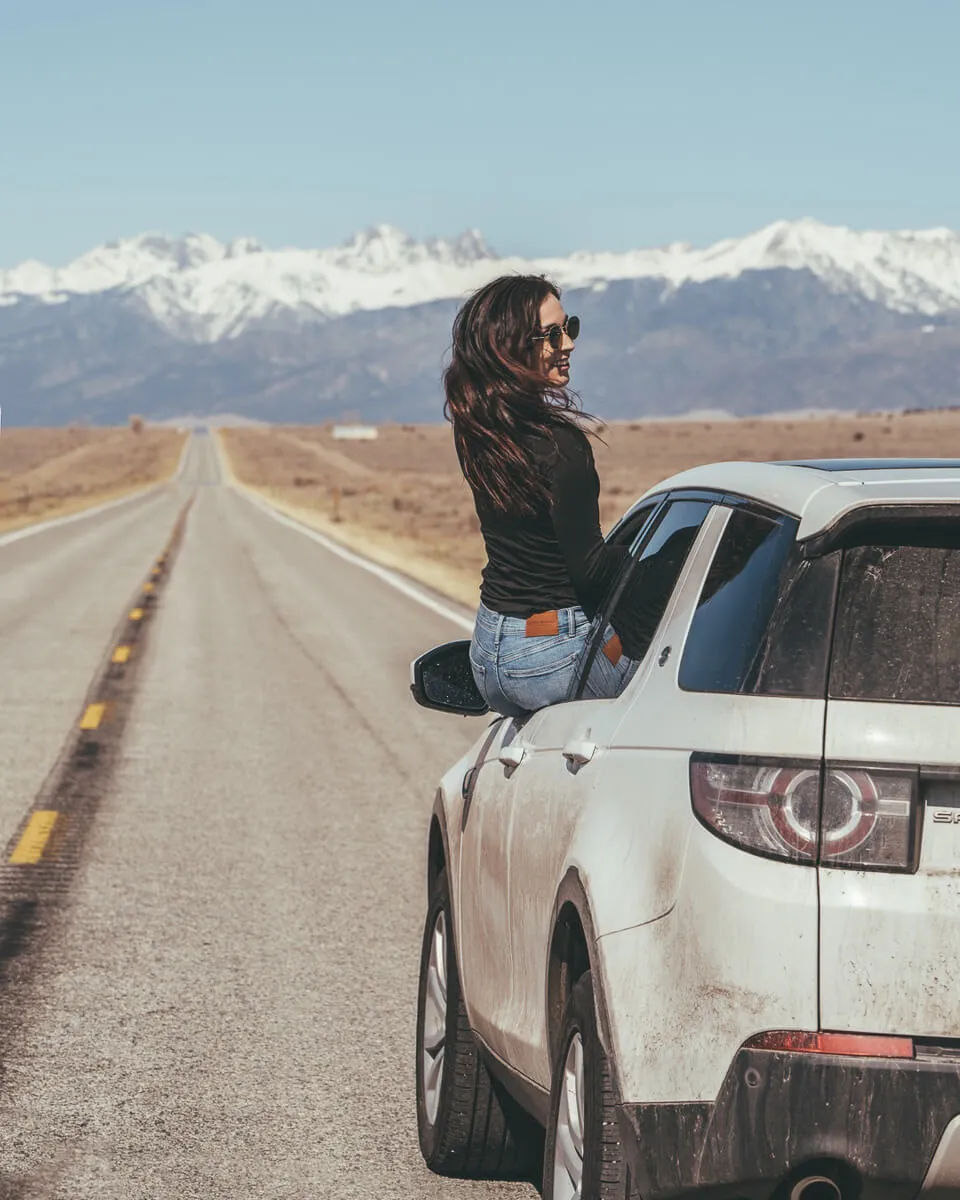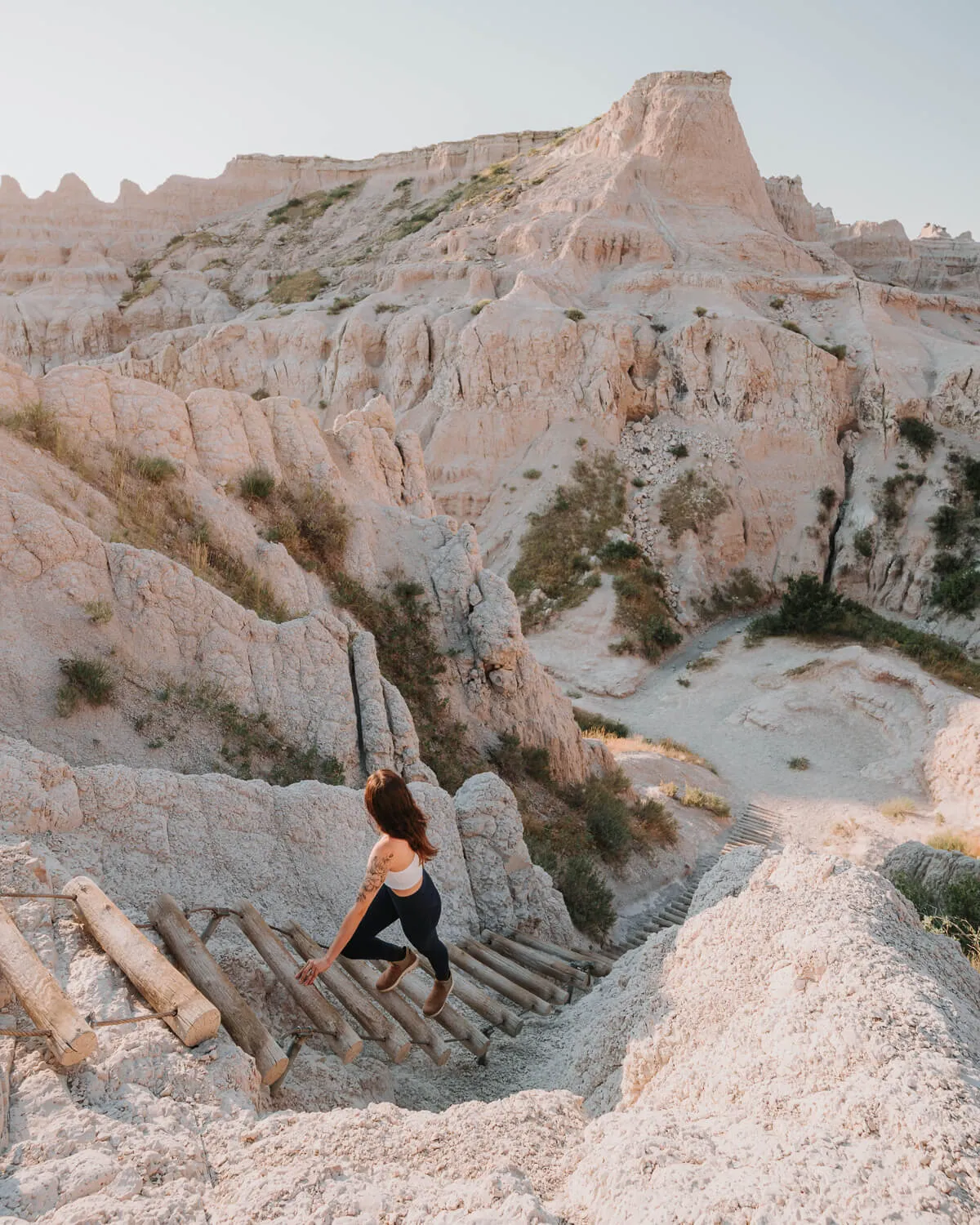Have you ever felt the undeniable pull of the open road, the desire for freedom and exploration, but hesitated at the thought of taking a road trip by yourself? It’s a common feeling. For many, especially women, the idea of solo travel, particularly driving long distances alone, can be daunting, often overshadowed by concerns about safety and loneliness. Yet, embarking on a solo road trip is one of the most empowering and liberating experiences you can have. It’s an opportunity for introspection, spontaneous adventure, and discovering resilience you didn’t know you possessed.
This guide delves into practical strategies and essential tips derived from real-world experience to help you navigate the journey confidently and safely. We’ll cover everything from meticulous planning and smart safety practices on the road and at your destinations, to managing logistics and truly embracing the solitude and freedom that comes with hitting the road alone. Whether you’re dreaming of cross-country epics or weekend escapes, these insights will equip you to plan and enjoy a rewarding road trip by yourself.
Planning Your Solo Road Trip for Peace of Mind
Careful preparation is the bedrock of any successful solo adventure. Having a solid plan minimizes stress and enhances safety, allowing you to focus on enjoying the journey.
Map Your Route and Book Accommodation
Planning your itinerary in advance is crucial when you take a road trip by yourself. Use tools like Roadtrippers to map out your route, potential stops, attractions, and lodging. Knowing where you’ll spend each night, whether it’s a hotel, motel, or campsite, eliminates last-minute scrambling in unfamiliar areas, especially after dark. While flexibility is key to solo travel, having a pre-booked place to stay ensures you won’t be stuck searching for accommodation late in the day.
Share Your Plans with a Trusted Contact
Always inform a trusted friend or family member about your travel plans. Share your detailed itinerary, including your route, expected arrival times at destinations, and accommodation details. Furthermore, consider sharing your real-time location through phone apps. Check in regularly, letting them know when you’ve arrived safely at your next stop. If your plans change, update them promptly. Carrying a reliable power bank is essential to ensure your phone stays charged for these vital communications and emergencies. When planning exciting road trips from dallas or exploring other areas, this step is non-negotiable for safety.
Be Discreet About Traveling Solo
While it’s exciting to share your adventure, avoid broadcasting the fact that you are traveling alone, especially in casual conversations with strangers or when checking into hotels or other accommodations. If asked, you can keep your answer brief and general, perhaps implying you are meeting someone or have family nearby. This simple precaution helps maintain your privacy and security.
Prioritizing Safety on the Road
The driving itself is a significant part of a road trip. Taking steps to ensure your safety while behind the wheel and at stops is paramount.
Avoid Driving After Dark
Whenever possible, aim to reach your destination before sunset. Driving in unfamiliar areas at night adds an extra layer of risk due to reduced visibility, increased fatigue potential, and less predictable conditions. Planning your daily mileage to accommodate daylight hours is a smart safety strategy, particularly when you’re on a road trip by yourself.
 Road photo with the Sangre de Cristo Mountain range in the background
Road photo with the Sangre de Cristo Mountain range in the background
Ensure Your Vehicle is Road Trip Ready
Before you leave, give your vehicle a thorough check-up. Inspect tires (including the spare), fluids (oil, coolant, washer fluid), brakes, and lights. Pack a basic emergency kit including jumper cables, a first-aid kit, a flashlight, basic tools, and plenty of water and snacks. Knowing your car is in good condition provides significant peace of mind.
Consider Roadside Assistance
Investing in a roadside assistance membership (like AAA) can be a lifesaver on a solo road trip. Knowing that help is just a phone call away for flat tires, lockouts, or breakdowns offers immense security. Check if any credit cards you own offer roadside assistance as a benefit before purchasing a separate membership. This is a valuable safety net when you embark on a road trip by yourself, regardless of distance.
Keep Your Gas Tank Full
Make it a habit to refill your gas tank as soon as it reaches the half-full mark. This prevents you from being stranded in remote areas or having to stop at potentially unsafe gas stations out of desperation. Look for well-lit, busy gas stations, preferably well-known brands or large truck stops.
Download Offline Maps
Cell service can be unreliable, especially in national parks or rural areas common on road trips. Before you set out each day, download offline maps for your route on Google Maps or a similar app. This ensures you can navigate even without a data signal, preventing you from getting lost. This is essential planning for notes when traveling to Texas or any state with potentially spotty service.
 Download offline maps in Google Maps tutorial
Download offline maps in Google Maps tutorial Download offline maps in Google Maps tutorial
Download offline maps in Google Maps tutorial Download offline maps in Google Maps tutorial
Download offline maps in Google Maps tutorial
Staying Secure at Stops & Destinations
Safety extends beyond the drive. Be mindful of your surroundings and take precautions when you stop for breaks, meals, or overnight stays.
Choose Safe Places to Stop
Be selective about where you stop for restrooms or breaks. Avoid deserted rest stops, especially at night. Opt for busy, well-lit gas stations, large travel centers, or even step into the lobby of a hotel to use their facilities – they generally don’t question who is a guest.
Pay Attention to Your Surroundings
It sounds obvious, but it’s easy to get distracted by your phone or thoughts. When stopping or arriving at a new place, be hyperaware. Look around, notice who is nearby, and trust your gut feeling about a location or person. Maintaining awareness makes you a less vulnerable target.
 Woman hiking the Notch Trail in Badlands National Park
Woman hiking the Notch Trail in Badlands National Park
Trust Your Instincts
This is perhaps the most important tip for any solo traveler. If a situation or a person makes you feel uncomfortable, uneasy, or sends up red flags, listen to that feeling. Don’t worry about being polite or seeming rude. Your safety is the priority. Remove yourself from the situation immediately, whether it means leaving a gas station, changing tables at a restaurant, or finding a different place to stay. Understanding and trusting your intuition is a powerful self-protection tool.
Consider Personal Safety Measures
What you choose to carry for personal protection is a personal decision based on your comfort level and local laws. Options range from personal alarms, pepper spray, or a stun gun. Ensure you understand how to use anything you carry and are aware of varying regulations across states if you’re embarking on a long road trip by yourself.
Be Ready for Emergencies
Keep your phone accessible and be prepared to dial emergency services (like 911). In a situation where you feel threatened, having 911 pre-dialed means you only need to hit the call button if necessary. Knowing you can quickly reach help can provide a critical sense of security.
Managing Logistics & Personal Security
Beyond immediate physical safety, smart organizational habits enhance your overall security and readiness on the road.
Split Up Important Belongings
Avoid keeping all your essential documents and valuables in one place. Your wallet might contain your ID and credit cards, but keep a spare credit card and some cash hidden elsewhere, maybe in a different bag or a discreet spot in your vehicle. This way, if your wallet is lost or stolen, you aren’t left completely without resources.
 Woman hiking at Dante
Woman hiking at Dante
Keep Digital Copies of Important Documents
Before you leave, take photos or scans of your ID, passport, credit cards (front and back), and any important reservation confirmations. Save these securely in a cloud service or email them to yourself. If your physical documents are lost or stolen, having these copies will be invaluable for identification and reporting lost/stolen cards.
Vary Your Routine
If you’re staying in one location for an extended period during your road trip by yourself, try not to establish a predictable daily routine. Change the time you leave, the routes you walk or drive, or the places you visit. This helps avoid attracting unwanted attention from anyone who might be observing your movements.
Embracing the Solo Road Trip Experience
Beyond safety, the true reward of a solo road trip is the personal growth and enjoyment it brings.
Be Flexible and Problem Solve
Things don’t always go according to plan on a road trip. Road closures, unexpected detours, or issues with accommodation can happen. The ability to be flexible and problem-solve on the fly is a key skill developed on solo trips. Remember that for every challenge, there’s a solution. Resources like HotelTonight can help with last-minute accommodation needs. Embrace the unexpected turns – they often lead to the most memorable experiences. For instance, while finding the best time to visit Austin might be part of your plan, arriving unexpectedly during a local festival could be even better.
 Woman admiring Sylvan Lake in Custer State Park, South Dakota
Woman admiring Sylvan Lake in Custer State Park, South Dakota
Start Small
If you’re new to the idea of a road trip by yourself, there’s no need to plan a cross-country epic as your first trip. Start with a day trip to a nearby town, or an overnight stay a couple of hours away. Build your confidence and figure out your preferences for solo travel on shorter, closer-to-home excursions. This gradual approach can make larger trips feel much more achievable. You might even start with a weekend trip focusing on specific interests, like finding the best bbq in austin if you happen to go texas.
 Woman hiking the Dune Succession Trail in Indiana Dunes National Park
Woman hiking the Dune Succession Trail in Indiana Dunes National Park
Relax and Have Fun
While staying safe is paramount, don’t let caution overshadow the joy of your trip. Remember why you wanted to take a road trip by yourself – for the freedom, the scenery, the ability to do exactly what you want to do. Listen to your favorite music, stop for spontaneous photos, try local food, or simply enjoy the solitude and the changing landscape. This is your journey, on your terms.
 Female hiker at Red Rock Canyon in Nevada
Female hiker at Red Rock Canyon in Nevada
Taking a road trip by yourself is a powerful statement of independence and self-reliance. With careful planning, vigilance, and a willingness to embrace the unknown, you can have an incredibly safe, enriching, and unforgettable travel experience. The road is waiting.
